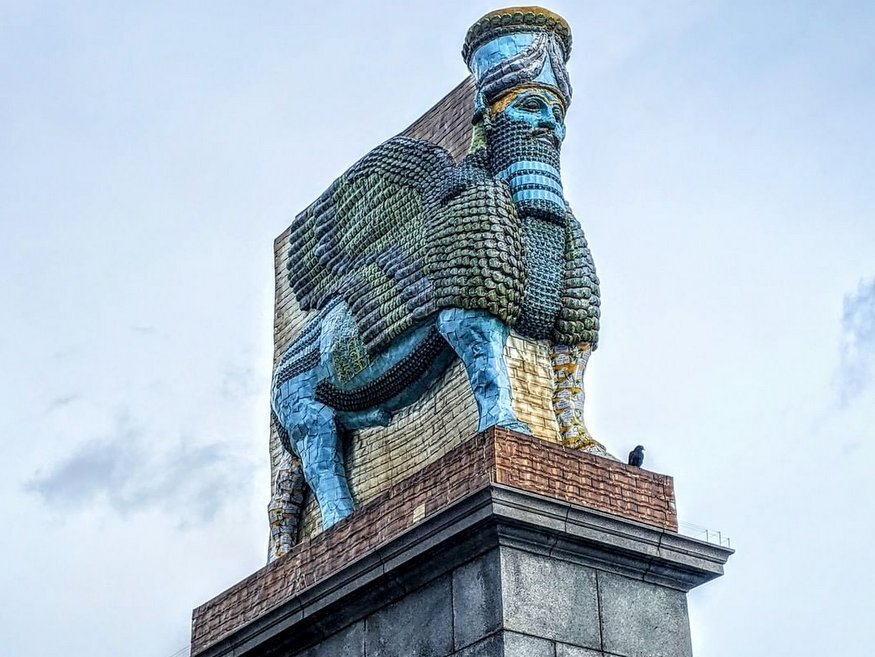Discussing Dissent
As part of an art writers meet up I was tasked with writing a piece on the aesthetics of dissent. It was a week where I had a lot on and I couldn’t give it the time I wanted to. However, it’s important to share writing including those tasks completed under time pressure.
If you’re looking for dissent, enter art galleries and museums - they are abundant with them. I’ve come across hundreds of dissenting objects and artworks that push back against societal norms, Governments, consumerism and any structure that tells us how to think. After all, breaking the rules is what artists and designers often do.
Sometimes, the works have a serious political stance, sometimes they are funny - often they are both. A clear example is the Pussy Hat in the V&A collection, both a powerful symbol in the campaign for women’s rights in protest against a misogynistic president as well as a clever play on words with its cat-like ears.
A favourite museum story of mine was of the ‘Peckham Rock’ by Banksy, a mock cave painting featuring a shopping trolley that was placed within The British Museum and wasn’t noticed by any of the staff until Banksy himself posted about it. In perhaps the ultimate coup for Banksy it was then placed within I Object, an exhibition at the museum on dissenting objects curated by satirist Ian Hislop.
Of all dissenting artworks, my favourite was Michael Rakowitz’s fourth plinth commission, which featured a replica of a Lamassu - an Assyrian winged bull deity. It was based on a similar statue that was destroyed by ISIS in Iraq.
By placing it mere meters from the geographical centre of London it was a symbol of Internationalism in one of the world’s most multicultural cities. To me it was a giant middle finger that said terrorism won’t win, you can destroy but we shan’t forget, a reminder of the horrors and losses suffered through war and that another country’s loss is our loss. The deaths of those abroad are felt by those thousands of miles away and that even though we may not know you, we stand with you.
What this artwork symbolises is not simply dissent but a hope that even if one country’s history is being erased another is trying to preserve it. That one day we can set aside petty differences along borders and unite behind our shared history and ancestry.
This work was commissioned the year before the UK voted to leave the EU and while that does feel like a step back, that hope still remains among the hearts of many a cynical Londoner - sometimes we need symbols like this one to remind us of it.
We adopted it as our own guardian and it was taken down from the plinth around the time that the Covid pandemic hit London. We need our guardian back and this is one case of ‘rewriting history’ that we can get behind.
